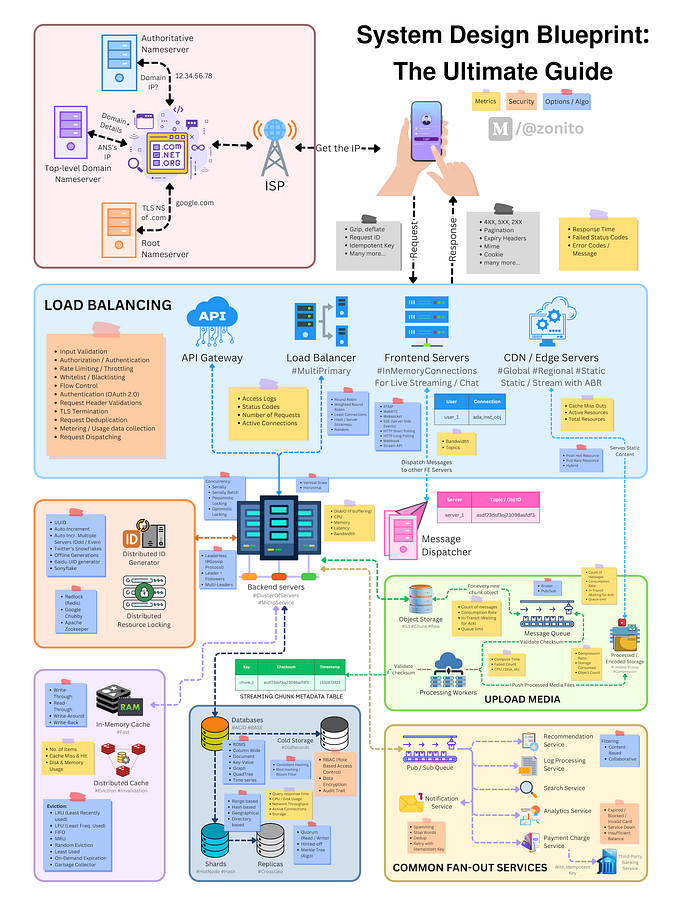How do we design for an operations heavy product?

Bad experiences aren’t foreign to anyone who has stayed at a budget hotel in India. Rude Staff, Leaky Restrooms, Stained Bedspreads, Broken Furniture, Greasy Food etc. are taken for granted by most mom & pop budget hotels around our country.
This still sells in budget hospitality because Indians travel very little (twice a year on an average). Not very often do we go back to the same city, much less go to the same hotel. With no guest loyalty, hotels have very little incentive to provide better experience for their guests.
Now imagine, you walk into a budget hotel and find the staff to be courteous, good/nice smelling rooms with tidy linens and everything in order. Treebo came into existence or Treebo came to exist to provide consistent and good quality experience at affordable prices.
How do we do this for 10000+ rooms in 400+ properties, across 80+ cities?
To put Treebo Hotels in context, we rank third in India, after The Taj Group and ITC, when it comes to room inventory.
To manage the sheer scale of operations we have a suite of products to help partners and staff to keep the quality under check, manage front desk etc. So, how do we design these products at Treebo?
Framing a Problem
The first step in designing something is understanding what problem you want to solve, and for whom. Always make sure you are solving real world problems.
On a D-30 (Thirty days before engineering will be ready to pick this up for development) Design, Hotel Operations (on-the-ground employees managing day to day operations of a hotel), Product Management & Tech brainstorm on the list of opportunity areas.
An effective method we particularly follow is JTBD (Jobs to be Done) Frame work. This is popularised by Professor Clay Christensen and a good place to start is by searching for “Clay Christensen milkshake video”.
Validating an opportunity
During this phase of the project, we verify and validate the opportunity and uncover as many insights as possible. If the audience you are building for is narrowly defined (and one that you are a part of), then you may be able to rely on your intuition to guide your product design decision-making. If not, then you should rely on usability studies, user research and data to guide/make your decisions.
Between a D-30 and D-20, Design & Product work towards verifying and validating these problems.
- User Interviews — Our operations, quality management and front desk teams are our own employees. A 30-min interview with them while on their job is effective. The goal is to build a deep understanding of an individual’s life & their challenges. Ideo has a step by step approach of how to conduct these sessions.
- Immersion — There’s no better way to understand people you’re designing for than by immersing yourself in their lives. At Treebo, designers turn themselves in to Front desk mangers etc. for few hours to perform their usual tasks. This helps them build empathy and understand users challenges.
Refining & Designing
Between D-20 and D0, designers iterate on design solutions to build a simple, familiar and delightful product.
- Analogous experiences — The key is to look for situations where similar problems have been addressed. Analogous experiences can be as simple as using other products, apps & services. An example from IDEO, a team working on an anaesthetic gas product went scuba diving to experience the procedures and techniques that the instructors use to build trust.
- Its essential to define right set of design principles which help you create a better product. Here are few of the design principles that have worked for us at Treebo.
- We follow Buxton’s rule of producing at least 3 alternatives for every design decision. We put all our explorations on Invision to get feedback from stakeholders.
- Motion design is also an integral part of our design process. We use them mostly to inform users of ambiguous interactions. Here is an informative article we refer to for do’s and dont’s.
- Design Team Review— Every Wednesday, all designers come together to review every project that are ready to be shipped the coming week. This helps us ash out little details that matter the most and check for any oversights. If we have two potential design solutions, we A/B test them for the best one to stay.
During Tech Implementation
Final design mocks are uploaded to Zeplin. As a practice, we prefer working closely with engineering during development. Designers pro-actively check engineering builds to compare for right user-flows, interactions, pixel perfection etc., before release.
Measuring Impact
Designers are very much responsible to design for impact. During the Framing and Validation phases, design and product define a goal. This is measured once the product is launched. we use Crazy Egg, Google Analytics & Amplitude to have an analytical understanding of user behaviour for everything we ship. We go through session recordings, Heat map, Scroll map, click- and tap-tracking etc. to render the final design and hence, the final product. So far, it has been working like a charm.
Stay tuned/Keep following Treebo Tech blog to receive more updates about the design process at Treebo!
A massive shout out to Sruthi for helping refine our design process. Thank you Kaddy & Khilan for integrating this with tech process.








